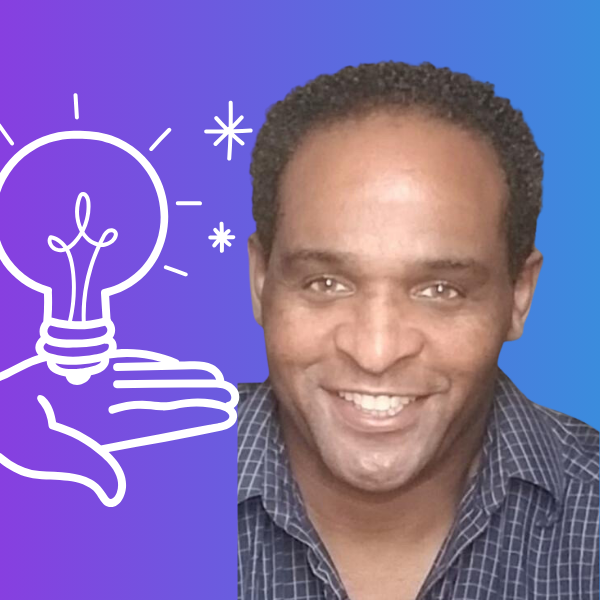“Nearly 80% of doctors have experienced a distressing patient event in the last year, and many go on to suffer from depression, anxiety, and PTSD.” (AAMC).
Physicians face a unique set of challenges that can take a toll on their mental and physical health. Due to the nature of their profession, they are likely to experience traumatic and distressing events, sometimes daily.
“Exposure to traumatic events is an unavoidable part of medical practice. From the beginning of medical education when students first lay eyes on cadavers through their later years as seasoned physicians, the very nature of medicine is to come closer to death and serious injury than the rest of society. Physicians also experience traumatic events such as workplace violence at rates higher than most occupations. When natural and man-made disasters occur, hospitals and physicians bear the brunt of caring for those injured and sickened.”
Physician Mental Health and Well-Being
And according to the Journal of Patient Safety, a majority of providers involved in adverse clinical events suffer from troubling memories, experiencing anxiety, anger, remorse and distress. (AAMC)
Physician Burnout and Stress
In addition to the exposure to traumatic events that can cause PTSD and increased stress, the pressure and demanding nature of medical practice contribute to burnout. Long hours, high patient volumes, and administrative burdens are further exacerbating the mental health challenges faced by healthcare professionals.
“A record 93% of surveyed physicians say they feel burned out on a regular basis, 49% say their workload has become unsustainable, and only 38% say they believe their practice is on solid financial footing.” (athenahealth)
Creating Supportive Environments
Physicians may downplay their emotional responses to distressing situations, leading to underreporting of trauma-related symptoms. This normalization can perpetuate a culture of silence around mental health issues and prevent individuals from seeking help.
In response to these challenges, it’s essential for healthcare institutions to prioritize the implementation of comprehensive strategies aimed at supporting the mental health of their physicians.
By addressing the root causes of traumatic stress and job-related stressors, and taking steps to support physicians and promote well-being, hospitals can create a supportive environment that fosters resilience, reduces burnout, and promotes the overall well-being of their medical professionals.
“The issuing of measures to reduce traumatic stress symptoms is a chance for hospitals to promote mental health, work ability and commitment to the company by their employed physicians. Further programs to reduce job-related stress, especially constant work interruptions, could be an additional improvement for the physicians’ mental health.” (BMC Psychiatry.)
Approaches for Reducing Physician Stress
Cognitive, Behavioral, and Mindfulness Interventions
Cognitive, behavioral, and mindfulness-based approaches are effective in reducing stress in medical students and practicing physicians. There is emerging evidence that these models may also contribute to lower levels of burnout in physicians. (The Journal of Nervous and Mental Disease)
Cognitive Interventions
Cognitive interventions focus on identifying and changing dysfunctional thought patterns and beliefs that contribute to anxiety and burnout. This approach is based on cognitive-behavioral therapy (CBT) principles. For physicians, cognitive interventions might involve challenging unrealistic expectations, perfectionism, catastrophizing thoughts, and other cognitive distortions common in high-stress environments. By teaching medical professionals to recognize and reframe negative thoughts, cognitive interventions aim to reduce anxiety and prevent burnout by promoting more adaptive coping strategies.
Behavioral Interventions
Behavioral interventions target specific behaviors that contribute to anxiety and burnout among physicians. These interventions might include strategies such as time management techniques, relaxation training, assertiveness training, and boundary-setting skills. By teaching physicians to manage their behaviors more effectively, interventions can help reduce stressors, increase resilience, and improve overall well-being.
Mindfulness Interventions
Mindfulness interventions involve cultivating present-moment awareness and non-judgmental acceptance of one’s thoughts, feelings, and bodily sensations. Practices such as mindfulness meditation, mindful breathing, body scans, and mindful movement are commonly used in these interventions. Mindfulness has been shown to reduce anxiety, improve emotional regulation, enhance resilience to stress, and decrease burnout among medical professionals by fostering a greater sense of self-awareness and composure.
Peer Support Programs
Peer support programs play a crucial role in mitigating physician stress and burnout by providing a supportive environment for physicians to connect, share experiences, and seek assistance.
For example, the Center for Professionalism and Peer Support developed a 1:1 peer support program that helps clinicians after significant emotionally stressful events, offering a safe way for clinicians talk about their experience and emotions with an empathetic peer.
The intended outcomes are “to help the impacted clinician with emotional healing and wellness, to facilitate early reporting of adverse events, and to enable and promote compassionate and transparent disclosure and apology.” (Brigham and Women’s Hospital)
By fostering a culture of peer support and collaboration, healthcare organizations can create a supportive environment that enhances the mental health and resilience of their medical professionals.
Technical Approaches for Mitigating Burnout
Leveraging technology to automate tasks, streamline workflows, and support physician well-being can help mitigate the impact of stress and burnout on medical professionals.
Reducing Administrative Burdens
Healthcare professionals often spend a significant amount of time on administrative tasks, such as documentation, data entry, and scheduling appointments. Implementing technology that automates these documentation processes can allow physicians to spend more time on patient care and less on paperwork.
Enhancing Clinical Decision-Making
Clinical decision support systems can provide diagnostic assistance and treatment guidelines to healthcare providers. By integrating clinical decision support tools into EHR systems, physicians can access real-time clinical information, alerts, and reminders, helping them make informed decisions and avoid errors. This not only improves patient safety but also reduces cognitive load and decision-making fatigue among physicians.
Improving Efficiency
Efficient workflows reduce the likelihood of bottlenecks, errors, and delays. By optimizing processes such as patient intake, referral management, and diagnostic testing, healthcare organizations can improve throughput and reduce wait times for both patients and providers. This not only enhances the overall patient experience but also reduces frustration and stress among physicians.
Freeing up time for patient care and enhancing clinical decision-making helps enable physician providers to focus on delivering care to their patients while also prioritizing their own mental and physical health.
Resources for Support and Guidance
Physician Support Line | 1-888-409-0141
The Physician Support Line is a free and confidential support line providing support for physicians and medical students. No appointment is necessary.
Physician Health Programs | www.fsphp.org/state-programs
State Physician Health Programs (PHPs) provide confidential peer-to-peer services to physicians.
By recognizing the unique stressors faced by physicians and implementing comprehensive strategies to support their mental health, healthcare organizations can foster a culture of resilience, compassion, and well-being. Working together to prioritize physician well-being and creating supportive environments helps create a healthier future for both physicians and the patients they serve.
Explore how workflow automation can help manage physician distress by enhancing efficiency in your organization: Contact Us








